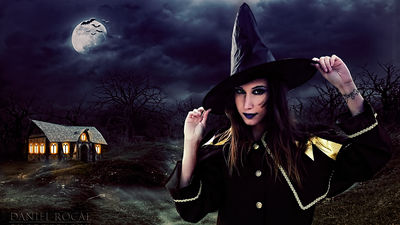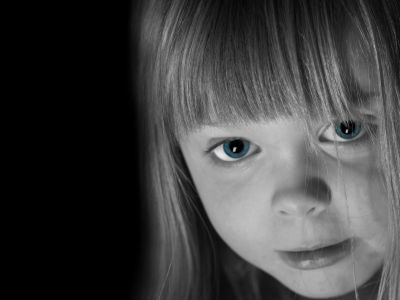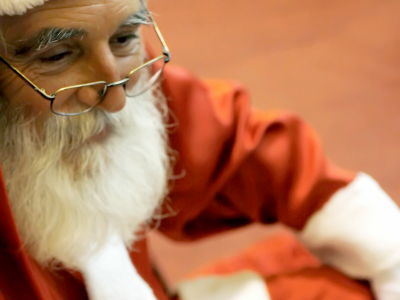What happened to the 'Salem Witch Trials' in which more than 100 people were accused of being witches?

What really happened during the Salem Witch Trials --Brian A. Pavlac --YouTube
I was tried for a crime I didn't commit ...
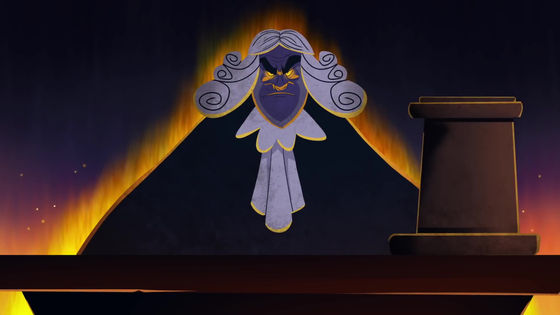
If you deny it, you will be executed as a sinner.

However, if you lie and confess and instead cite someone as a spearhead, you will be spared the sin.
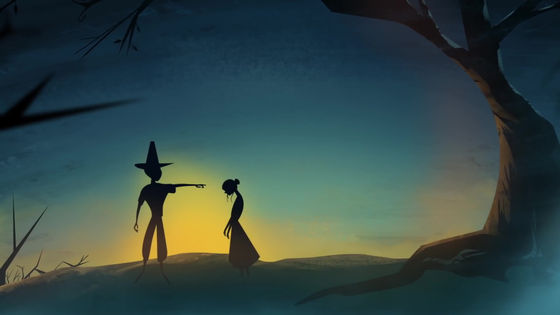
This is the Salem Witch Trials that actually took place between February 1692 and May 1693 in the village of Salem in Massachusetts.
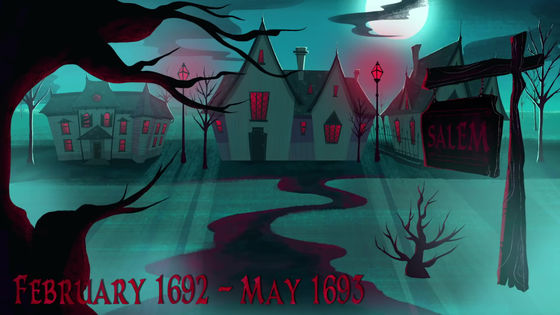
Those impeached as witches in this case were victims of paranoia, misguided religious enthusiasm, and a judicial system that emphasized repentance over truth.
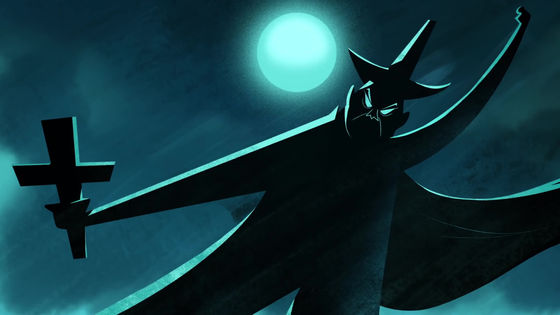
The cause of the incident originated in the formation of the village of Salem. Salem was originally a village founded in 1626 by the Puritans who fled the crackdown in England.
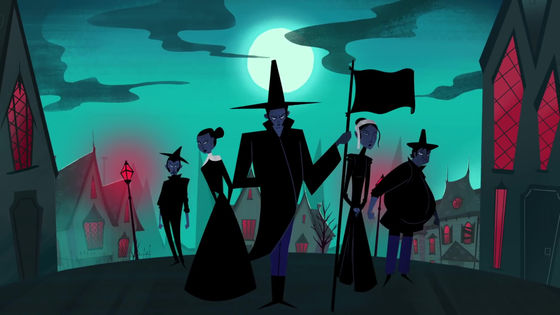
In Salem, fighting with Native American and French settlers was a daily occurrence.
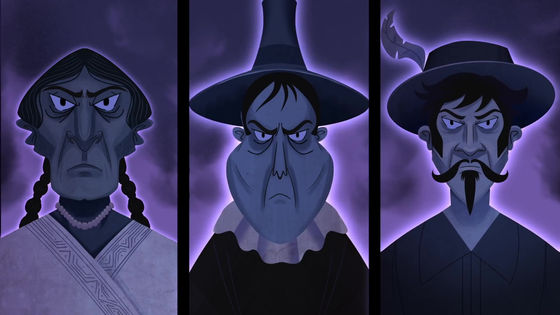
As a result, people's lives were tough, and even the villagers had a jerky relationship.
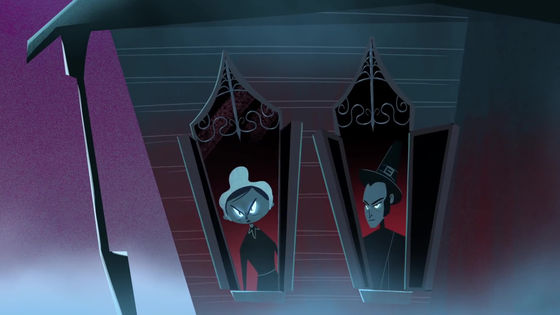
Another tragedy that struck the people of Salem was the 1692 cold wave. This winter was the coldest winter ever recorded.

The first anomalies were the 9-year-old girl
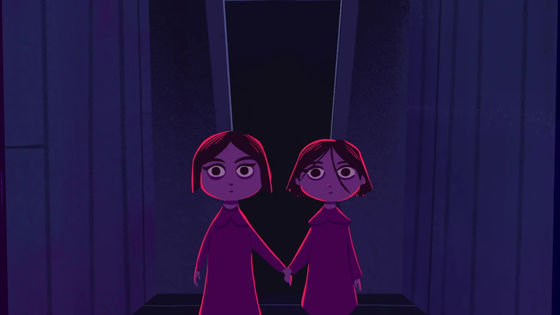
The two behaved strangely, but the doctor was unable to find any physical abnormality in them.

The diagnosis made by the doctor was that 'the two are in the hands of the wicked.'
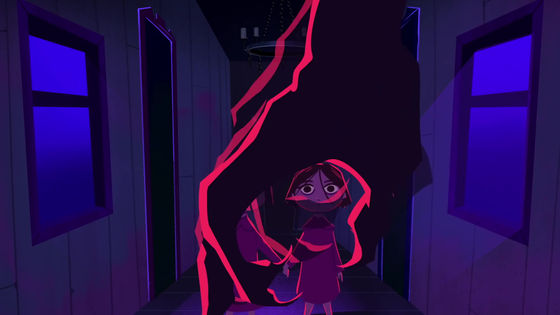
This is based on the worldview of the Puritans at the time, 'The devil brings disaster to the world through his agent, the witch.'

When the news spread that the village was obsessed with demons, anomalous symptoms spread among the villagers.
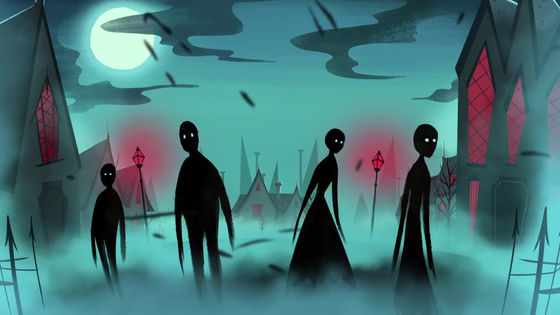
Early records report that twelve girls who were allegedly 'sick' had symptoms such as abnormal body twists and seizures, and complained of tingling skin pain.
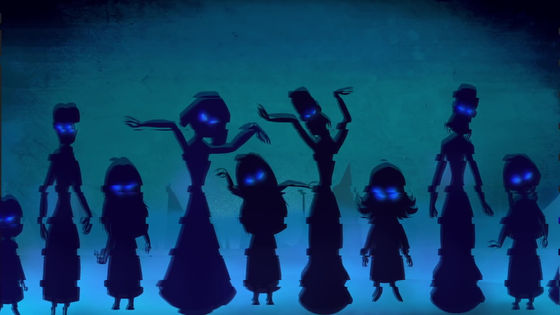
Four out of twelve girls complained that three villagers were afflicting them.

The three people who were accused were labeled as 'foreigners' with some kind of difficulty and were imprisoned one after another.
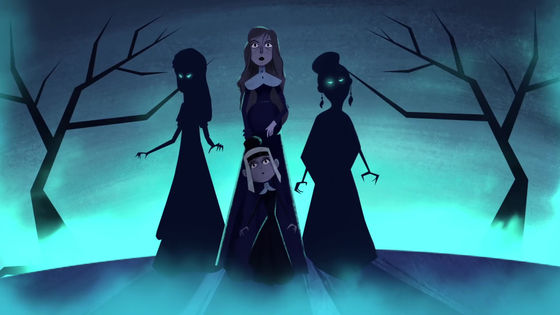
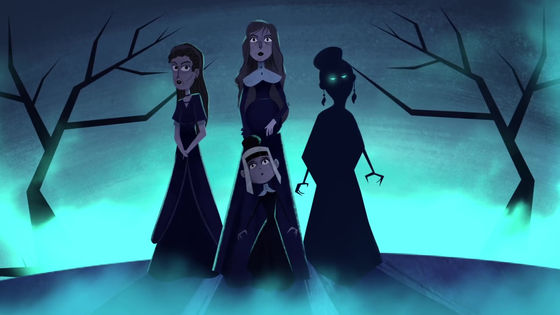
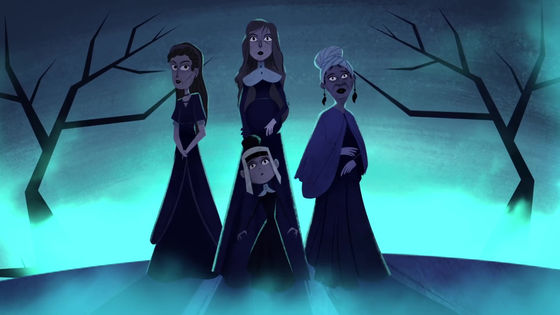
The first person to start confessing was Tituba. At first, Tituba denied that he didn't bother his child, but later confessed that he practiced magic at the command of the devil. He also testified that it was Good and Osborne who forced him to do so.

Good and Osborn continued to appeal for innocence, but soon Osborne died in prison.
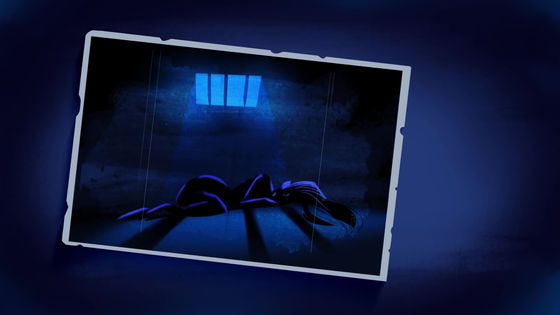
Instead of protecting his wife, Good's husband, William, testified in court that 'she is a witch or will soon be part of a witch.'
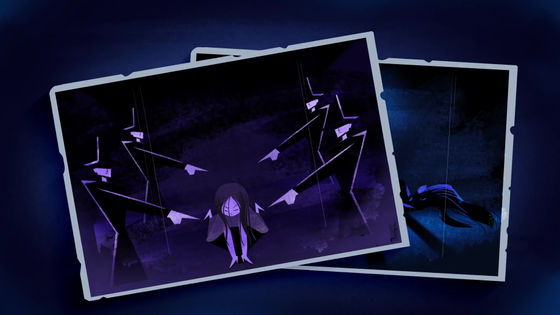
Good's four-year-old daughter

Good gives birth in prison, but the child born will soon die.
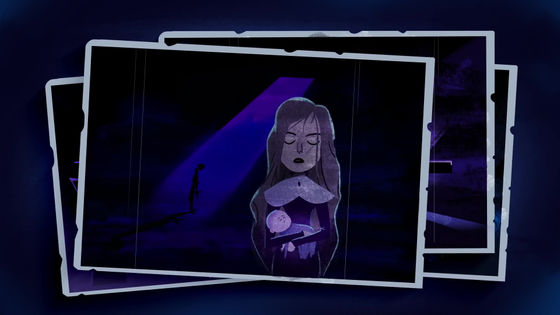
Shortly thereafter, Goode himself was convicted and died by hanging.

Meanwhile, Tituba, who accused the two women, was released in May.
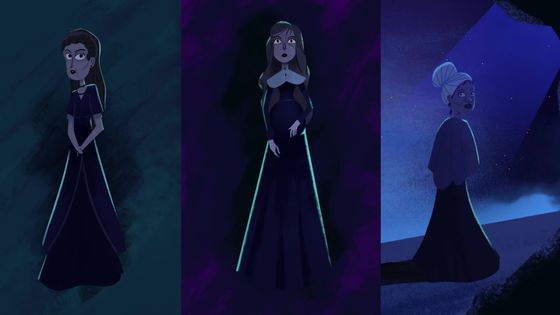
Since then, the number of victims of false accusations has continued to increase. There is also a statement in the interrogation record that it was stated that 'if you do not confess your sin, you will be hanged, and if you confess, you will be released.'
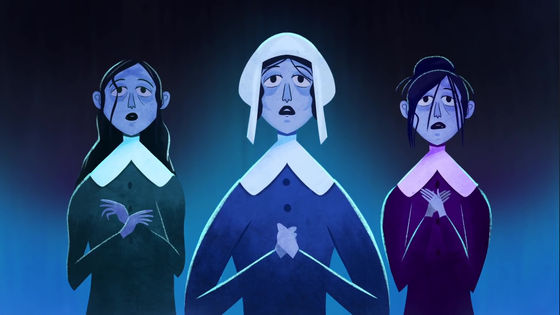
The people involved in the trial showed no interest in investigating the content of the accusation, but the defendant pleaded guilty and begged for forgiveness, promising that he would never engage in magic again. Just asked.
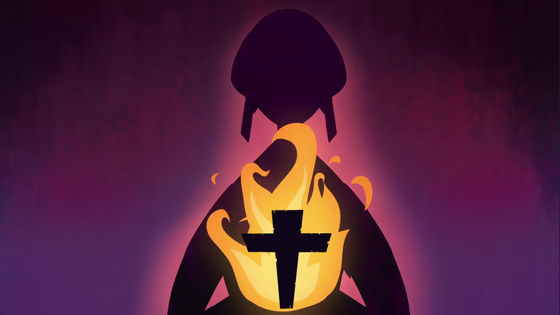
The court accepted no matter how suspicious the evidence. It also includes
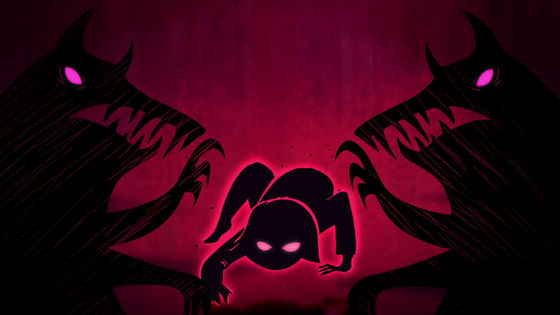
Many of the jury trials were relatives of the accusers, which spurred the court's dysfunction. As a result, there is no objectivity in the trial.
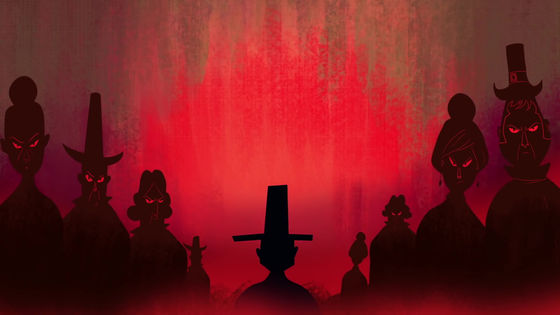

By the following spring of 1693, more than 100 people had been imprisoned and 14 women and 6 men had been executed. By this time, witch trials began to extend to the villages and towns around Salem.
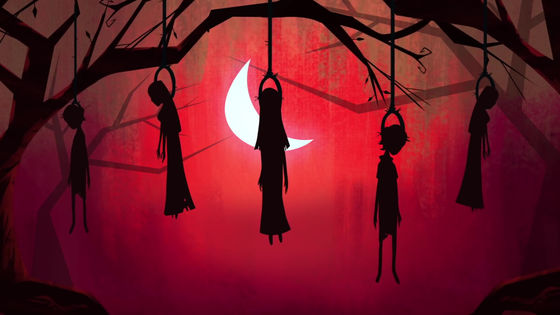
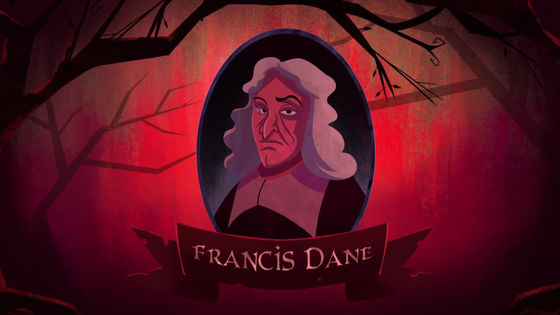
Eventually, the situation finally came to an end when
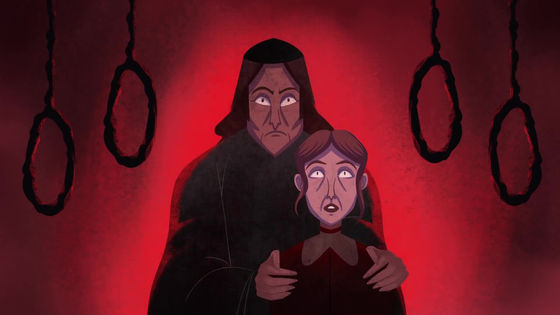
It does not have ascertained is what the hell that caused the witch trials of Salem, girl et al became the accusers is that it would be was suffering from 'hallucinations that cause food poisoning and brain tumors caused by fungi'
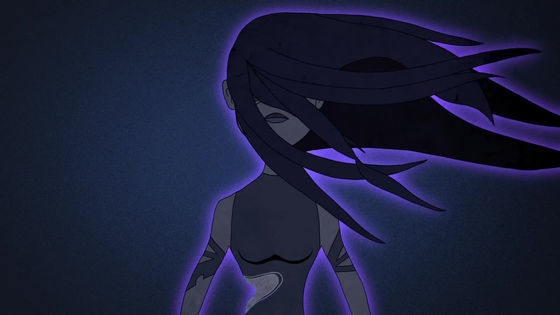
One thing is clear: adults treated incoherent accusations by children as solid evidence.
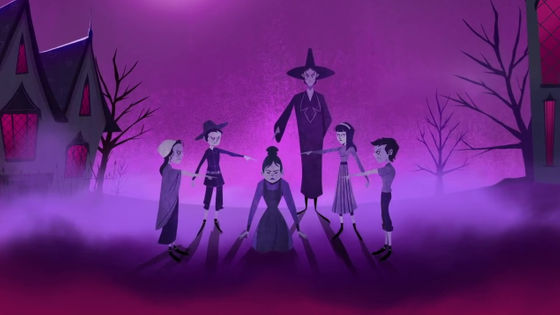
'Even today, Salem Witch Trials is
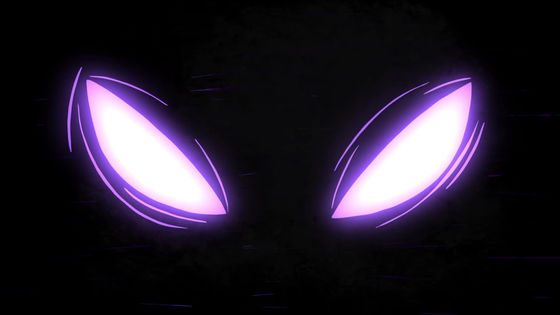
Related Posts:
in Video, Posted by log1l_ks
